How To Collect and Display Vintage Linens

I want to share how to collect and display vintage linens! They create a simple yet charming backdrop for any space in your home.
This post contains affiliate links. That simply means I earn a small commission on any clicked links at no extra cost to you. As an Amazon Associate I earn on qualifying purchases. Thank you for supporting my small business!
Let’s talk about vintage linens, shall we?
Packed with charm, these old textiles are some of the most collectible and fabulous items that you can find at antique stores, thrift stores, and flea markets. Each piece of vintage linen is unique, making them extremely special.
Ranging from hand-embroidered table runners to curtains created out of stunning old fabric, these aged textiles help to add history and a lovely ‘old-soul’ feel to your home.
My hope is that you will find inspiration here through how to collect and display vintage linens.
Finding Vintage Linens
It is easier than you might think to identify vintage linens. The majority of these pieces contain handmade details that just don’t exist in modern textiles. You will also notice that vintage textiles feature scalloped and lace edges with very few straight lines. Below are some specific characteristics to help you identify vintage linens:
- Embroidery-Intricate hand-embroidery is a feature on pillowcases, tablecloths, cloth napkins, and more. Turn the piece over and look for knots on the back made by hand.
- Natural Fabrics- Some vintage fabrics from the 1940’s and after are made from synthetics and synthetic blends. Yet, most vintage linens are made out of cotton, linen, and other natural fabrics.
- Monograms-Handkerchiefs, tea towels, pillow cases, sheets, and other linens will sometimes contain monogrammed initials. These stylized pieces can be highly collectible.
- Handmade Lace- Examine the edge of each piece that contains lace to determine whether or not it was added by hand. Lace making was a popular hobby years ago, so many women added handmade lace borders to their linens. Some pieces, like doilies, are made exclusively out of handmade lace.
Types of Vintage Linens
When out shopping for vintage linens, there are many different kinds you might encounter. Below are some of the textiles you may see.
Vintage Bed Linens
The bedroom is a wonderful area to display and use vintage linens. Using these in your bedroom creates a cozy atmosphere, putting you at ease for sleep. There are three main pieces of vintage textiles that you can incorporate into a modern day bedroom.
1) Pillowcases- Throughout the early 1900’s, embroidering pillowcases was a popular hobby, so you can find some really special pieces. Look for handmade lace detailing, intricate embroidery with flowers and other pretty patterns, and high quality cotton fabric.
2) Coverlets and Bedspreads- Choosing a vintage coverlet for your bed is a beautiful choice, especially one that is aimed at a specific era. It creates a space that is unique to only you.
3) Quilts- Antique and vintage quilts are so special. If you can find one in really good condition snatch it up because they are hard to find! Many of these quilts were stitched by hand, making the quality of them particularly remarkable.
Vintage Table Linens
Vintage linens are showstoppers on a table. These pieces were often well taken care of, since the first owners probably only used them for special occasions.
1) Tablecloths- These vintage pieces are found in all shapes and sizes to fit various tables. You will also come across table runners which may be a more economic option if you are on a budget. Either way, these precious linens contain unique touches including monograms, embroidery, and handmade lace.
2) Cloth Napkins- Vintage napkins are extra fun to search for, especially at thrift stores where you have a better chance of finding them in pairs. They are made of high quality cotton fabric and contain pretty embroidery.
3) Tea Towels- These delightful pieces have so much charm and come in many different styles and patterns. You can look for embroidered patterns, simple prints, or homespun linen towels.
Other Vintage Linens
Other varieties of linens include vintage handkerchiefs, doilies, and dresser scarves. The latter two were popular with women during the 1900’s and used to adorn upholstered furniture and the tops of wooden furniture.
Value of Vintage Linens
Old linens and textiles can range from under $5 to over $100. You can expect to pay $1.00 for vintage napkins at the thrift store whereas a handmade coverlet for a queen bed can cost $250 at an antique store.
Factors that dictate the value include condition, quality, size, age, and usefulness. They can be a super affordable option if you are looking to infuse more charm and character into your home. They are endlessly fun to look for!
Vintage Linens In Your Home
As with any collectible, there are many ways you can incorporate vintage linens into your home. You can use bed linens and table linens as intended, taking extra care to display them in a pretty way.
Here are some unique ideas to try:
- Repurpose an old tablecloth by turning it into pillowcases.
- Use a vintage napkin as pretty accent over an end table or bedside table.
- Add coziness to a wooden dresser by draping a vintage table runner over the top of it.
- Create a gallery wall by framing various sizes, shapes, and colors of vintage napkins and doilies.
- Reuse old linens by turning them into window treatments, like turning an old lace pillowcase into a cafe curtain, for example.
- An old quilt or coverlet can hang on a wall for a beautiful piece of wall art.
Vintage Linens For A Storied Home
Vintage linens are able to create a cozy, cohesive home. You can use them in any room in your house and can fit any design style and color scheme.
I hope you have found encouragement here today on how to collect and display vintage linens. These linens urge you to step outside the box and beckon you into a by-gone era. Rich in history, these old textiles have had a long journey and now get to be a part of yours, in whichever way you choose to use them.
Let me know in the comments below what types of linens you love!
Read more on Antique and Vintage Decor.
Create simple DIY Projects.
Go shopping in The Antiqued Journey shop!
If you are loving my content, please consider subscribing to my e-mail list. I would love for you to be a part of The Antiqued Journey community!

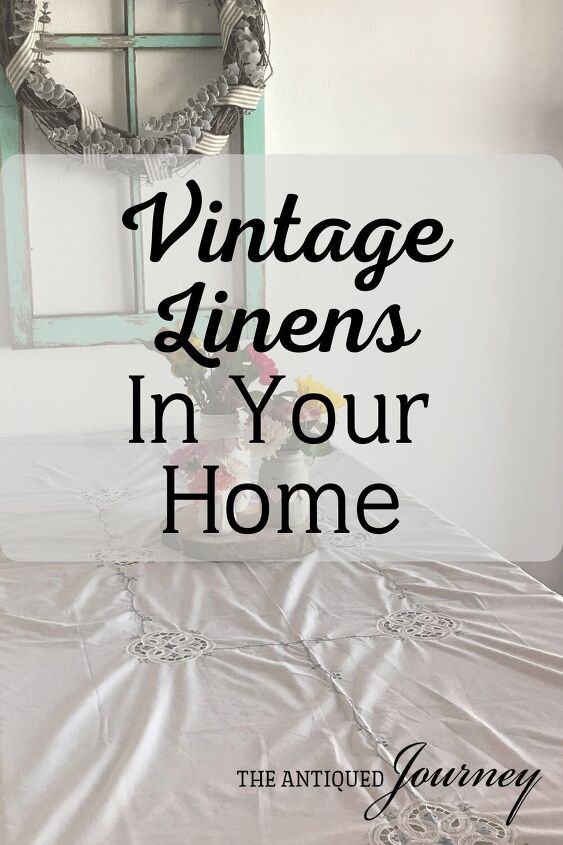









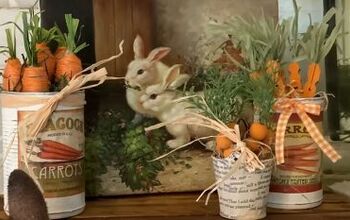
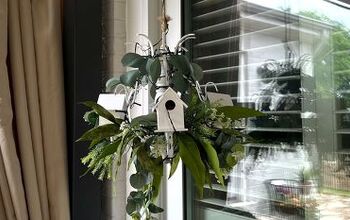


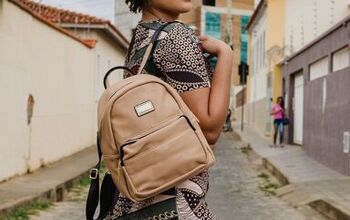




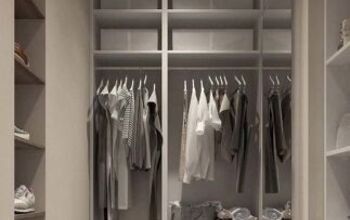
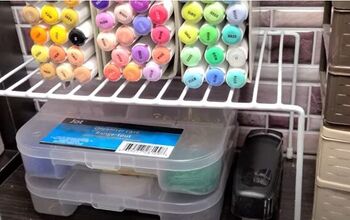
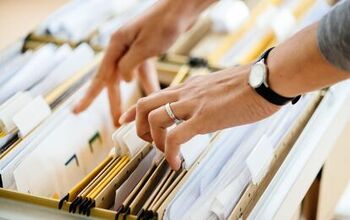




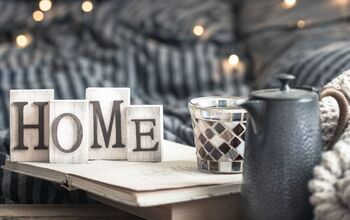

Comments
Join the conversation
I am going to comment with the intention to help or clarify, with no intent whatsoever to criticize your posts that I consider awesome
Your picture of *other vintage linens* is not a handmade item, I don't even consider it vintage as it is Polyester and this type of thing still exists in many stores like Dollarama, etc.
Also, you *the antique Journey* it is NOT hand made, the material is either nylon or broadcloth/polyester and the edge is scalloped cotton or poly/cotton lace that can still be purchased in any fabric store and it's not handmade it is factory machine embroidered and held/decorated with zig zag, the old days we did NOT have that kind of machines
yes, we were all proud of our all handmade crocheted bedspreads, table cloths, the edge of the bed sheets and pillows, our linen hand embroidered table cloths, tea towels, etc. I still have many of the items made by myself from the 50s on, I will be delighted to share with you if you would like some photos, send me a message and I will send them to you.
Keep up the good work
A. L.